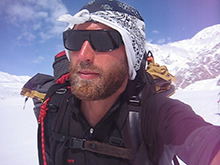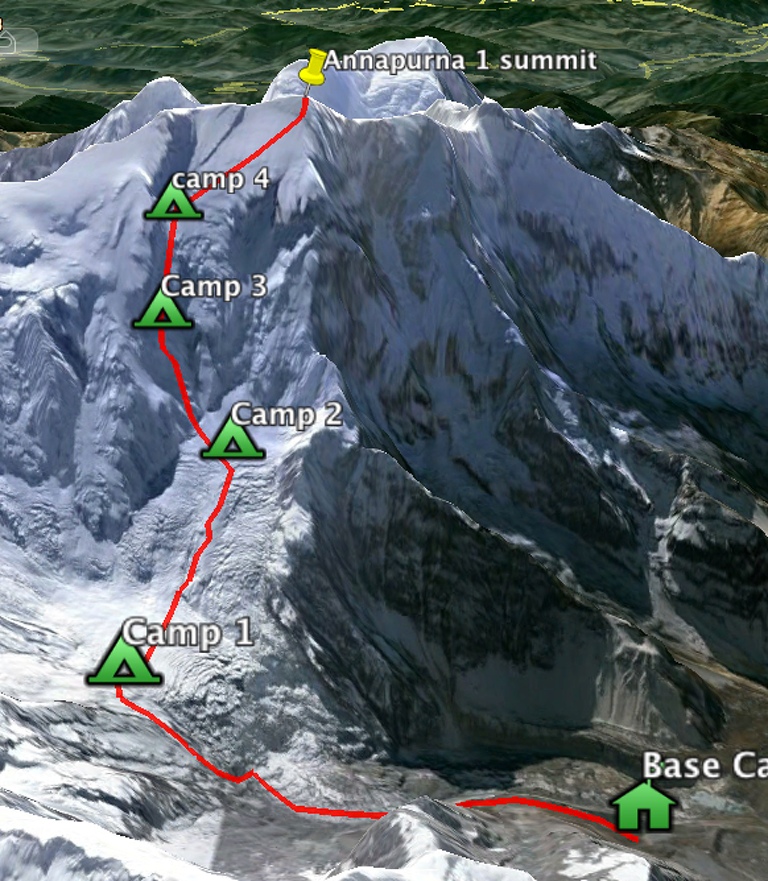Introduction

This is a guest blog by Matt Du Puy, principal software engineer at ARM in San Diego, California.
Back in March, Matt blogged about his love of climbing mountains and, for 2016, his desire to scale two Himalayan peaks, Annapurna and Dhaulagiri. A remarkable challenge, and Matt is now safely back to tell us about his journey and the crucial role technology has to play.
High-altitude mountaineering is many things at different times. It is cooperation, planning, strength, endurance, rehearsal, safety systems and technology but it almost always requires suffering. I thought about this May 1, as I stood atop Annapurna at 8091 meters, the fifth American to do so.
You don’t get up high on a mountain and then decide you’re too tired, sick, scared, cold or injured to quit. You just keep moving, carefully, no matter how much you want to stop, or you lose the game. Sometimes, as in the 1996 tragedy on Everest, climbers pay the ultimate price.
At its core, high altitude mountaineering is still about overcoming suffering and digging deepest into the human spirit, but technology, in just a few short years, has changed much of the calculus of any expedition. After I wrote about this attempt in March for HEXUS, my team and I spent roughly 50 days in the Himalayas, preparing, training, and acclimatizing for an ascent on Annapurna. Most of all we waited. Waited out the winds. Waited out the weather. Waited for the deli-copter or the beer-copter. We had a treasure chest of electronics to support our ascent and our camp lives: Solar panels, satellite phones, smart phones, batteries and more. But when the weather window opened and we set out from Camp 4 toward the summit late at night, it was a GPS watch that was among the most valuable pieces of electronics I brought with me.
On this summit push, we expected the winds and snow to be low on May 1, so we left base camp on April 27th and took a day to get to each camp on the way up. The first two camps are pretty easy to get to and relatively safe, although lots of folks had to excavate tents from over a meter of snow at C2. The journey to C3 was full of blue nearly vertical ice and quite strenuous. The serac above the gully was relatively quiet, although we heard it nearly got two Russians on their way out. What I wasn’t aware of was how equally tough the trip up to C4 (7200m) would be on April 30.
After about six hours of climbing above C3, I strolled into our C4 fresh and ready to tackle the mountain. And by “strolled” I mean hobbled, gasping and wheezing about 4-5 breaths for every step I took until I finally got to our tent site. We spent about eight hours there warming up, making water and resting. I drifted off for about an hour before we woke up at 9 p.m. for a 10 p.m. summit push.










